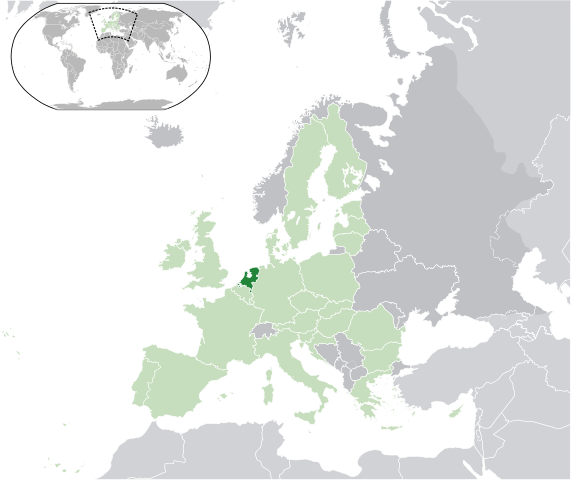The members of six Dutch pension funds will vote on whether $35 billion in fund assets should be divested from coal, oil and gas investments.
Divestment advocates filed a resolution Monday asking the six funds to sell off their fossil fuel investments by 2018, and to use shareholder power to encourage energy companies to use more sustainable practices.
The majority of the funds’ members will need to vote in favor of the resolution for it to pass.
From the Guardian:
The six funds being targeted provide pensions for academics (MP Pension), engineers (DIP and ISP), lawyers and economists (JØP), architects (AP) and veterinarians (PJD), over 200,000 people in total.
The resolution filed to each fund will ask the board to “exclude investments in the 100 largest coal companies as soon as possible, but at the latest before the end of 2018, and to engage in, and annually document, a dialogue with owned oil and gas companies to exclude their investments in high-risk extraction projects, eg tar sands, deepwater drilling and drilling in Arctic.” The votes will take place in April.
In 2014, resolutions urging divestment from the top 100 coal and top 100 oil and gas companies by 2020 were filed at three of the funds received and received significant support: MP pension (49% in favour), DIP (46%) and JØP (38%).
“I think that probably for these three pension funds, we will have a majority this year,” said Meinert Larsen. “We have the impression the pension boards are moving.”
The pension funds in question manage $35 billion in assets and cover about 5 percent of the Danish workforce.
